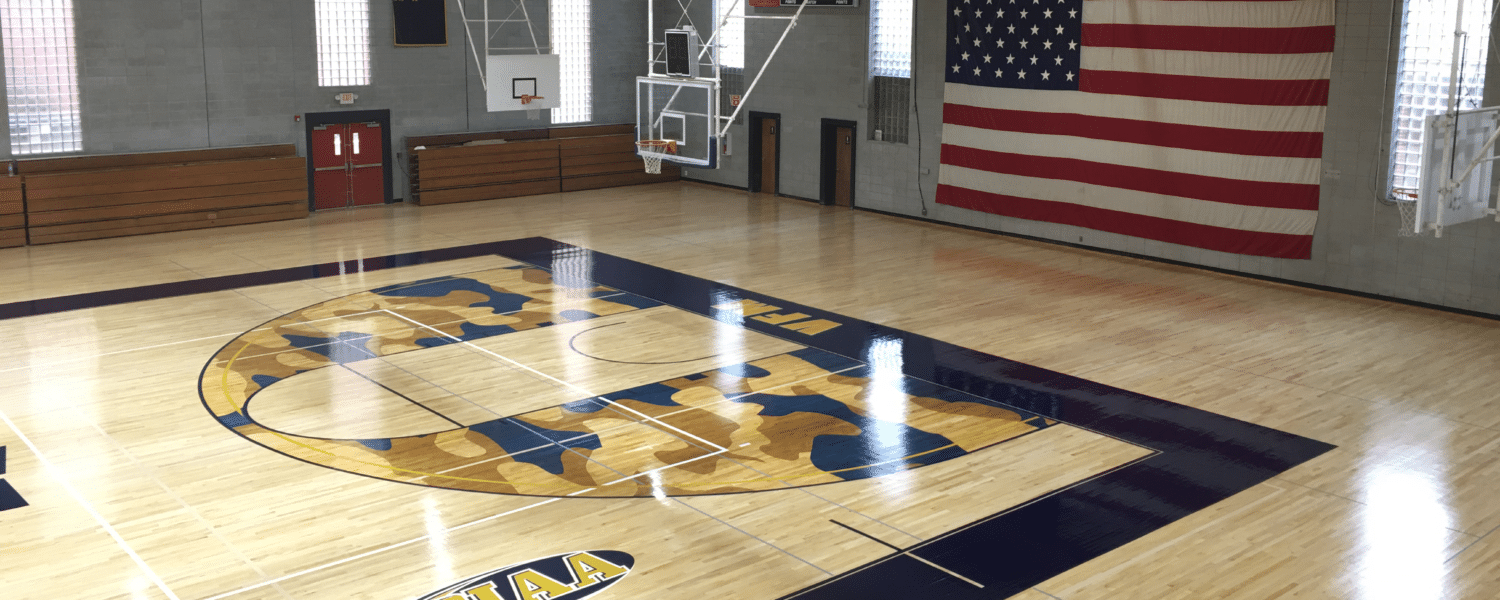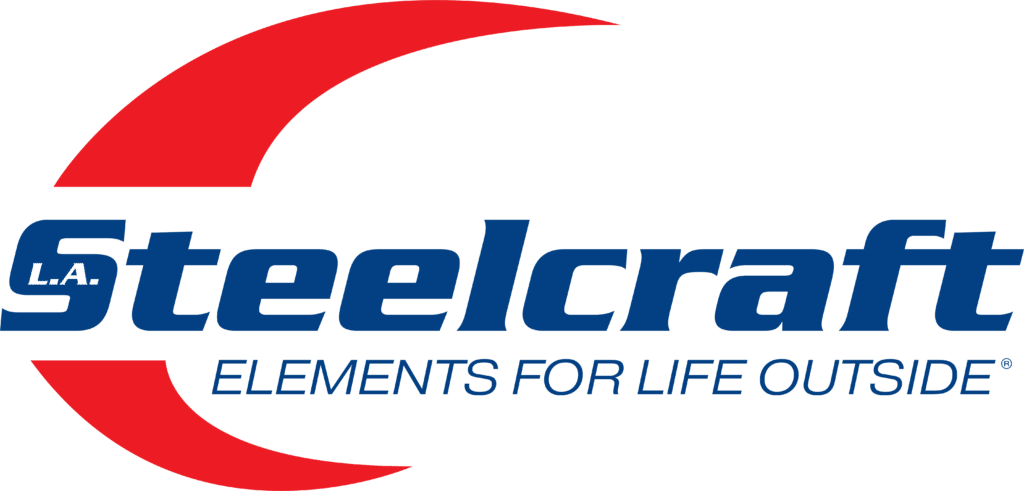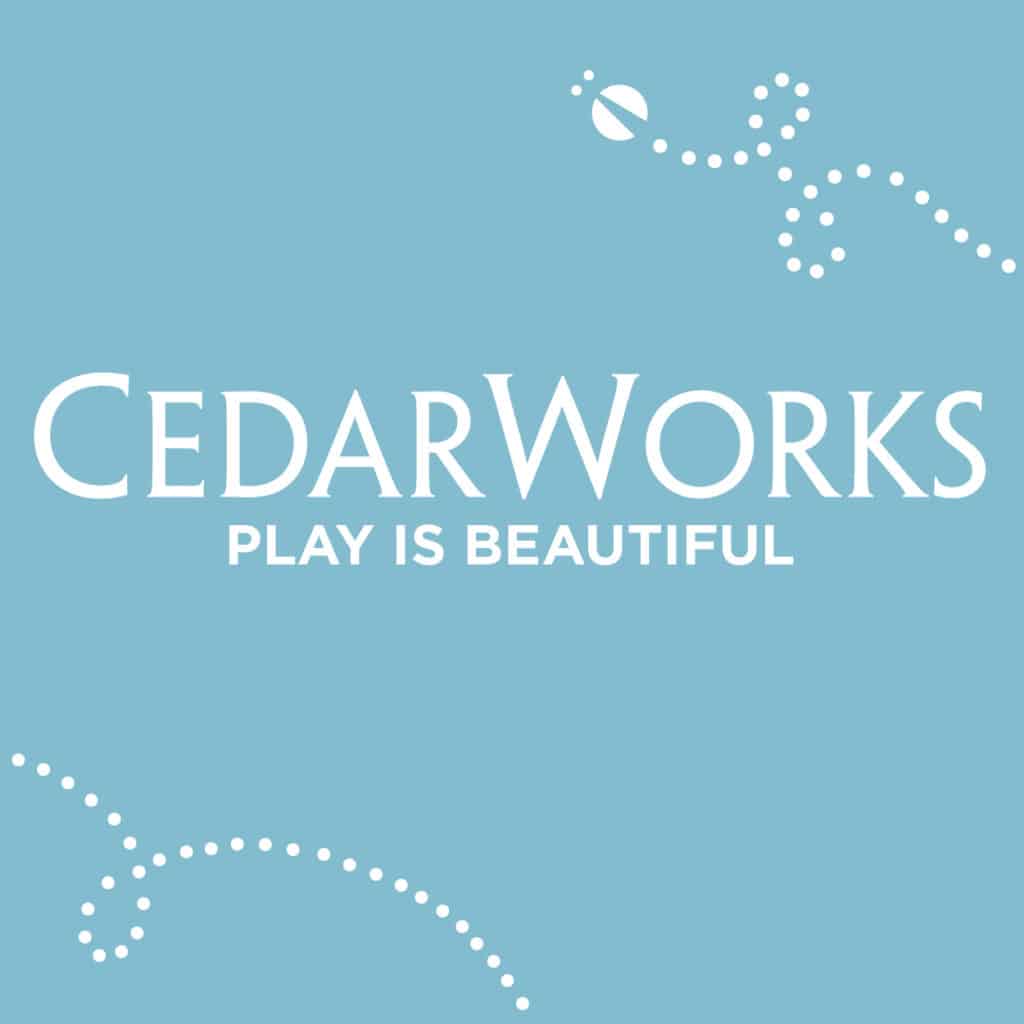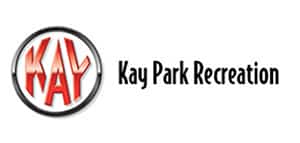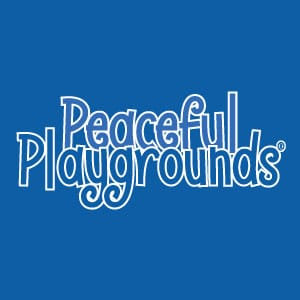By Randy Randjelovic
If an athletic facility in North America has a wood floor, there is a good chance it is made from Hard Maple. Also known as Sugar Maple, it is the same tree that gets tapped in late winter to turn 40 gallons of collected sap into one gallon of maple syrup.
Below freezing temperature at night is required in order to produce sap. This means that Hard Maple used for flooring is grown in northern climates where the growing season is shorter, resulting in tighter annual growth rings that produce a dense grain. This dense grain provides the strength and indentation resistance that makes Hard Maple the preferred choice for athletic floors. Other applications for Hard Maple, also referred to as Rock Maple, include butcher blocks and workbench tops.
In addition to Hard Maple, known by its scientific name as Acer saccharum, there are other species in the maple family found in abundance across the United States and Canada. These are used in a wide array of other applications from furniture to pulp wood and include:
- Bigleaf maple – Acer macrophyllum
- Red Maple – Acer rubrum
- Silver maple – Acer saccharinum
- Boxelder – Acer negundo
HARVESTING
Hard Maple is primarily harvested through select cutting where mature trees are identified and marked prior to the logging process. Used for many years, this sustainable forestry practice has increased the availability of hardwoods.
KILN DRYING
Following sawmill production, lumber is kiln-dried to a wood moisture content of 6% – 9%. To enhance airflow, thin wooden strips are placed between maple layers prior to kiln drying. Depending on environmental conditions and prior storage of material, it can take 10 days to three weeks to reach targeted wood moisture.
FLOORING GRADES
As a product of nature, maple can vary greatly in color and characteristics. The nutrients in the soil from where trees are harvested can affect the color. This can range from very bright sapwood (outer rings) to dark heartwood (inner rings) that extracts and feeds nutrients to the tree. Due to the wide range of variations inherent in wood flooring, a system was established to categorize them into specific flooring grades. These flooring grades were set by the Maple Flooring Manufacturers Association (MFMA) and are upheld and monitored by them today.
Started in 1897, the MFMA is one the country’s oldest trade group organizations. Establishing classifications and what constitutes them was their first official task as an organization. Flooring was divided into different grades: 1st, 2nd & Better and 3rd. Each grade determined by factors such as color, length distribution, and characteristics that include mineral streaks, knots, stain, etc.
In addition to grading rules, certain quality and kiln-dried moisture content requirements also need to be met prior to milling.
All grades of flooring provide the same performance qualities.
First Grade flooring consists predominantly of sapwood, which can range from white to brown shades. Characteristics such as knot sizes and occasional spots or streaks are limited as compared to other grades.
Second & Better Grade flooring includes added color variation. There is an increase in designated allowable knot sizes and other characteristics. This is the most common grade provided and installed.
Third Grade provides the widest range of characteristics and color. It may contain defects common to maple if firm and serviceable. Grade requirements exist to assure that allowable features do not detract from the service of the floor.
DESIGN
By incorporating paint, stain and graphics into gym floor designs, maple flooring surfaces have become works of art. Another element that can elevate the look of your gym floor is using a combination of different flooring grades.
Installing 3rd grade around the perimeter of the court can enhance the 2nd & Better grade used on the playing area. This approach can also be a cost savings. Typically, the grades that allow more character into the grade are less expensive. Incorporating 3rd grade into the court design can help on the budget.
WEAR LIFE / MAINTENANCE
The anticipated wear life and serviceability for all grades of flooring is equal. Flooring material is normally accumulated from the same production run thereby manufactured at the same wood moisture content and milling tolerance.
A finish recoat is usually performed on an annual basis. This process includes slightly abrading the surface without scuffing into the painted game lines or logos to assure a sound bond of newly applied finish. This seasonal application maintains the bright clean appearance of the floor as when first installed.
Besides initial sanding when first installed, maple flooring is generally sanded down to bare wood and fully sealed, lined and coated approximately every 10-12 years. The standard thickness of gymnasium maple flooring is 25/32” thick. As such, the flooring can be sanded and refinished 4-6 times during the life of the floor. A Hard Maple sports floor when properly maintained is expected to provide a wear life of 50 years or more.
PERFORMANCE
Prior to the 1980s, it was common to install non-resilient hardwood athletic floors. In the past 40 years, it has become common practice to include some type of shock absorbing components, such as resilient pads or blanket cushion. Subfloor assemblies are provided in three categories consisting of:
- Fixed – attached to the concrete substrate with little or no resiliency
- Floating- resilient with no attachment to the substrate
- Fixed Resilient – resilient with attachment to the substrate
Sport floors are measured based on performance characteristics such as shock absorption, vertical deflection, ball rebound and area deflection. These values are measured against the MFMA-PUR Standard, which is the only one specifically developed for hardwood athletic floors. These criteria were designed utilizing exacting testing methodologies to offer users a reliable, well-performing, competitive sports floor.
Randy Randjelovic is the technical advisor for Aacer Sports Flooring, a leading manufacturer of high-performance hardwood flooring and sub-floor systems, www.aacerflooring.com. Aacer is a MFMA Member Mill.


